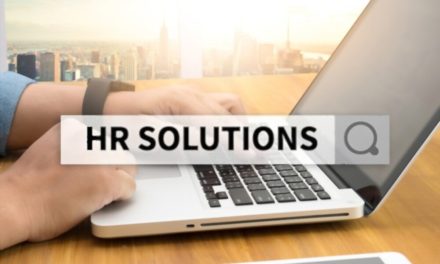In this digital era, technology impacts us all. While some companies are early adopters others are slower about adopting new technologies. But regardless of speed to embrace new technologies, it is my belief at some point all companies are destined to take on new technologies if they wish to continue to compete and remain viable.
Specifically as we look deeper the HR function must also transform, if it’s going to continue to keep the pace and support the urgent call for attracting and retaining top talent.
But like most things simply just jumping in, flying by the seat of our pants when adopting a digital transformation initiative, can lead to a waste of time and money, if not disaster. It is critically important to begin asking key questions no matter where you are in adopting new technologies.
Here are 7 questions to ask when planning for a HR Digital Transformation:
- Do we have a digital design strategy that goes beyond implementing technologies?
Approaching digital transformation from a silo perspective is a mistake. True digital transformation encompasses many processes and functions of HR. To achieve success in employee use of new technologies, begin with the user experience first in designing a new digital solution.
- Does our culture foster digital plans?
Simply assuming people will follow along with change initiatives is a mistake. Culture change planning should be at the forefront of any initiative. In fact I would go so far as to say culture change planning should be an upfront and deliberate discussion among leadership. Assessing organizational readiness for change is a key step and should be factored into the planning.
- How do we bring about greater adoption and minimize resistance towards technology within the HR team?
While planning for organizational change it’s a good idea to assess the HR team’s readiness for change. Might I say, some HR team members can be artists in resisting change. How often I have heard the words (I am sure you have too), “that’s the way we’ve always done it.” Following those uttered words were a determination to resist any new ideas coming forth. Having a plan to specifically overcome internal team resistance and securing their buy-in is a good way to go.
- Is our organization confident in its leadership’s digital skill level?
I once knew of an organization whose head of HR would never use a computer. This became a problem when the organization sought to implement a new HRIS system. How would they even expect the HR team to buy-in to the new system and processes if the head of HR is not computer literate? The IT department wound up prominently displaying a computer screen (not connected to a computer) in the office of the head of HR, which helped dispel negative rumors. Now I would hope by now computer literacy is a rare issue among leadership teams, however it is best not to assume anything and have a plan to increase leadership skill levels. In addition, by improving leadership digital skill levels they in turn can be a change champion and organizational influencer.
- Do we have a plan for closing a digital skill gap?
Following number 4 above it is well suited to assess the digital skill gap throughout the organization. While it is true the Forester Research tells us that 4.8 billion people globally will use mobile phones in 2016, not all of them will want to text message. While I’ll venture to guess that the use of text messaging will grow over time, assuming that 100% of your employees are digitally savvy is a mistake. Besides training employees on new processes albeit digital, is paramount to long-term success.
- How can we establish safeguards to minimize the risk that accompanies the adoption of technology?
Cyber attacks and hacking is almost a weekly, if not daily news headline. While going digital will certainly propel organizations to achieving faster and leaner strategies, there is always a cyber risk for data theft, viruses, and other destructive experiences. Considering a data security plan from the very beginning of any digital initiative is good business.
- How will we govern the use of technology?
We need to ensure we do not remove the “human” out of human resources. Instead we must use technology to enhance the human interaction. For example achieving a real time employee experience would be enhancing the human interaction. With every employee having a smartphone and/or tablet, HR can automate and streamline itself, allowing it to adopt more real-time and digital-first processes, rather than processing forms and requests, which normally would take hours, days or weeks to complete.
Answering these questions no matter what stage your company is in, can strengthen an organization’s and HR’s ability to embrace the digital revolution. There is no time like the present to plan for the future.
Latest posts by Tresha Moreland (see all)
- Find Your Anchor In A Sea Of Fear - April 18, 2024
- Overcoming Career and Life Plateaus - April 13, 2024
- How HR Strategies Can Revitalize Customer Service Excellence Post-Pandemic - April 11, 2024













